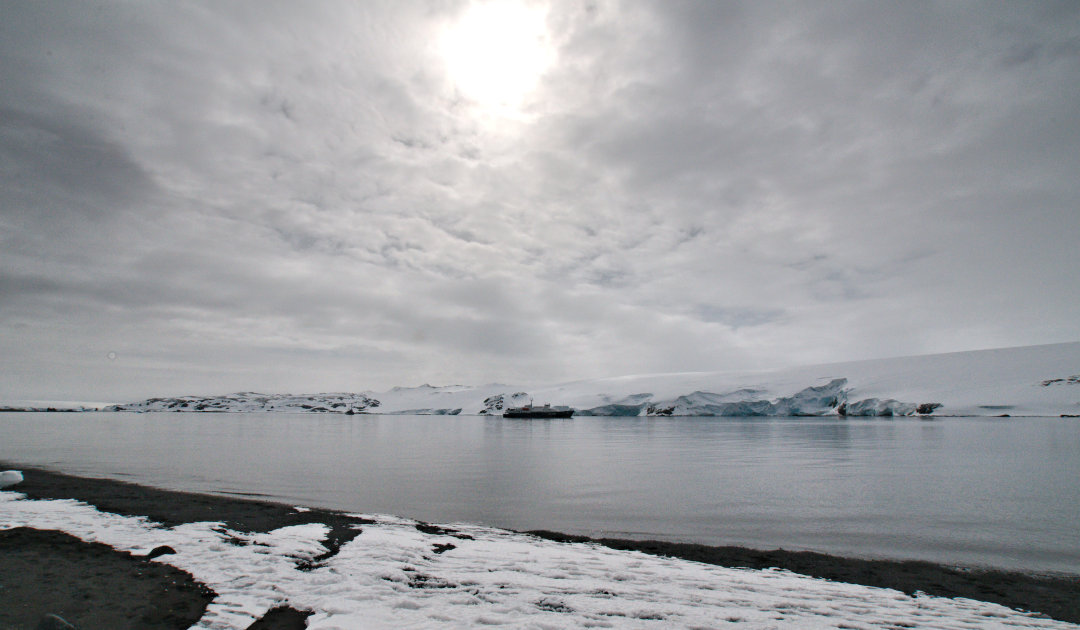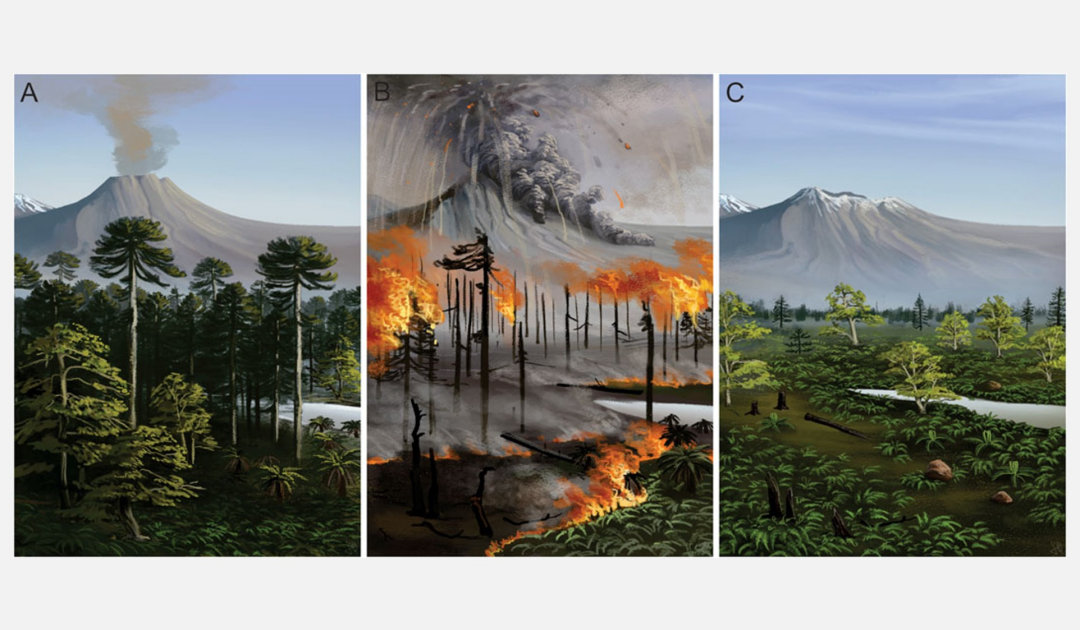
When one hears about fires in the polar regions today, one inevitably thinks of the increasingly frequent and huge wildfires in the Arctic. Hardly anyone would associate its southern counterpart, Antarctica, with forest and bush fires, if only because of the lack of vegetation. But that was not always the case, as a 2015 study showed Now, a new paper is showing previously unknown and and surprising clues about the frequency of those natural disasters.
The sparse forests on the Antarctic Peninsula and the nearby South Shetland Islands are located today were frequent victims of forest and bush fires known as paleo-wildfires, some 75 million years ago. This is the result of a study by a Chilean-Brazilian research team led by Dr Joseline Manfroi and Dr Marcelo Leppe of the Chilean Antarctic Institute (INACH). Their findings, published in Frontiers in Earth Science, suggest that fires were important drivers in the development of vegetation in this region and occurred much more frequently than previously thought. Thus, the Chilean and Brazilian scientists provide further pieces of the mosaic into the picture of the region at the time of the dinosaurs. The work



Dr Manfroi’s research team found evidence of the frequent fires in the rock layers of King George Island, one of the South Shetland Islands located off the coast of the Antarctic Peninsula. Where glaciers now cover the islands, relatives of Podocarpus, a type of conifer, grew 75 million years ago. Instead of penguins and seals, dinosaurs wandered through the forests and scrublands, and instead of mountains of ice, mountains of fire — volcanoes — shaped the landscape. It was these that the researchers believe were responsible for the frequent fires that were common in the Late Cretaceous. “Contrary to what one might suspect, however, it was not the flows of molten lava from active volcanism that consumed the vegetation, but rather the contact of vegetation with heated ash clouds — pyroclastic clouds — ejected by volcanoes, which have been preserved in the geologic record in the form of very fine volcanic sediments, such as volcanic tuffs,” Dr Manfroi said. “These ultra-hot ash clouds reached the forests and started the fires.”


The burned plants remained as layes of charcoal deposits that could be studied by Dr Manfroi and her colleagues from Chile and Brazil. The results showed that the island must have once been covered by a forest of conifers, ferns and early flowering plants. In addition, the team found evidence of widespread and frequent fires. According to Dr Manfroi, this was an important aspect in the vegetation history of the region. “The effects of fire on vegetation were very widespread and shaped and influenced southern forests during the Cretaceous, affecting the evolution and floristic biodiversity in these areas of the world.” Botanical diversity in the region was definitely high at the time, as shown by fossil finds at various sites on the Antarctic Peninsula. Earlier studies have also shown that large parts of present-day western Antarctica had been covered by a temperate rainforest. But in the end, these areas cooled down so much that instead of trees, ferns and flowers, only ice flowers remained.
Dr Michael Wenger, PolarJournal
More about this topic





